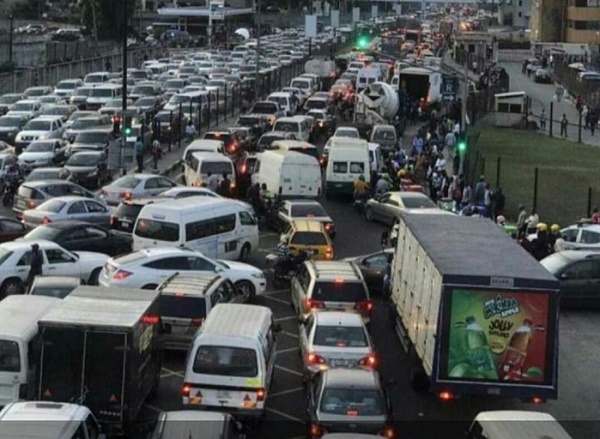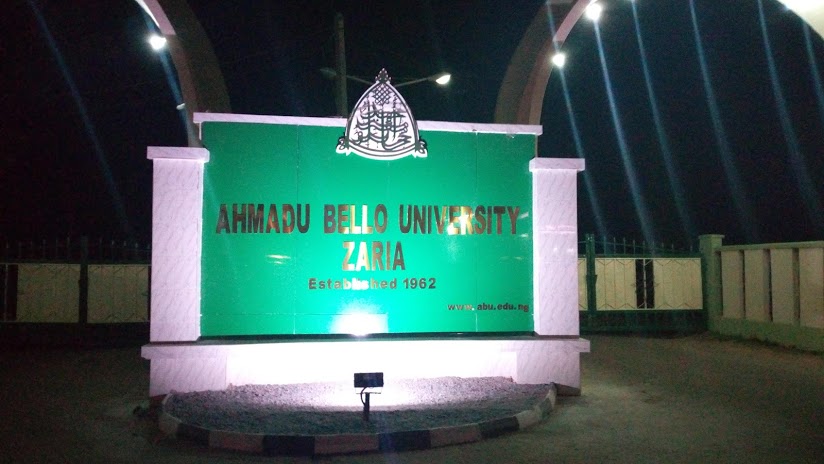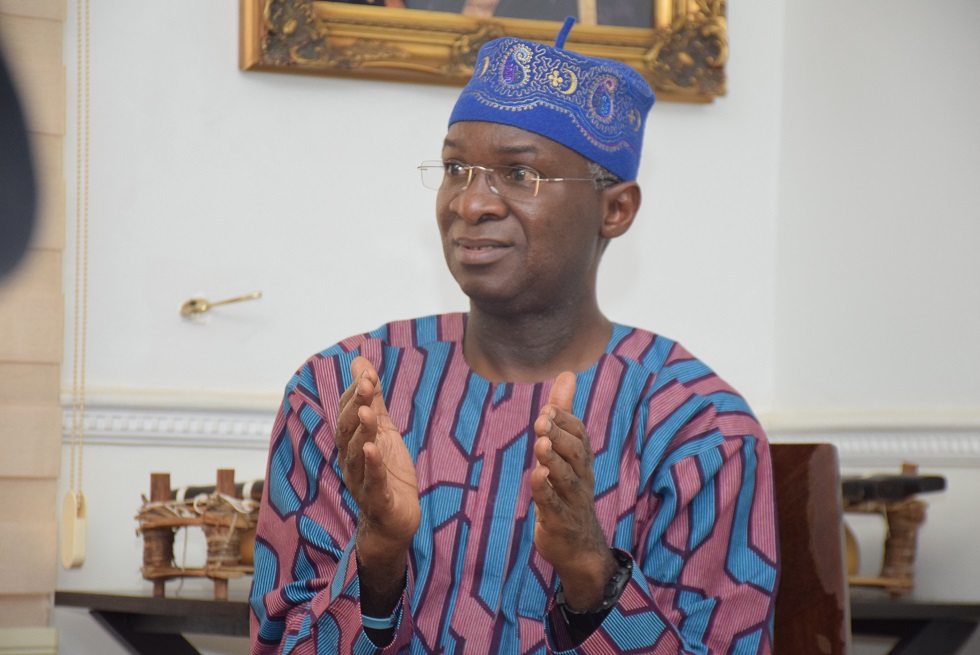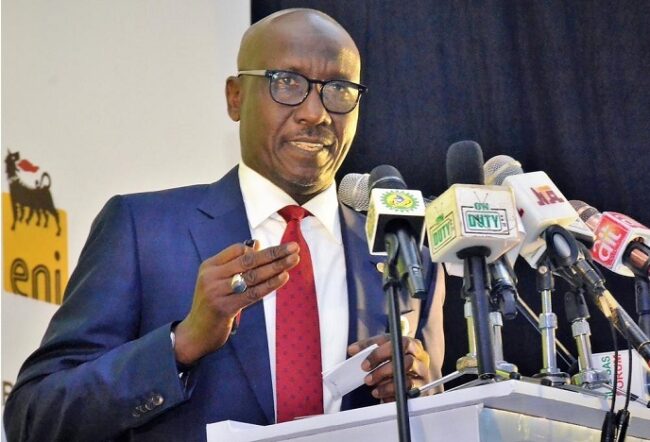Six ways to survive, evade Lagos traffic
BY DANNE INSTITUTE FOR RESEARCH
A lot of people in Lagos walk to work every day, not because their homes are nearby. In Nigeria’s most populous city and commercial capital, reaching an office or market often depends on how far you can walk.
In 2015, estimates from its statistics bureau showed that Lagos had 11 local government areas with more than a million people. These “millionaire cities” are packed with people but far from one another. The distances among them make it hard to get jobs, goods and services, or ideas.
Few in Lagos can afford to rent a place close to their office; instead, they live on the outskirts where rent is cheaper. Though the large population of Lagos makes it a potent consumer market, its notorious traffic is a barrier. The distance between where people live and where they work explains why the city is disconnected, congested and transport expensive.
Advertisement
The shortest distance among the millionaire cities is 24.4km which is double the 10km that is just right to reap the gains of economic density. In urban economics, the closer densely populated areas are, the better.
The millionaire cities with the shortest distances are mainly residential areas, e.g. Surulere, Mushin, Oshodi-Isolo, Shomolu, Ajeromi-Ifelodun and Kosofe. The average distance from Alimosho, the area with the largest number of residents, to other millionaire cities is the third highest. Distances among the central business district in Lagos Island and Eti-Osa and the other millionaire cities are the longest.
For those who live on the mainland and work on the Island, the journey is long and costly. Wholesale and retail trade businesses, many of which are based on Island, dominate the economy of Lagos. This disconnect between where people live and where they work is a significant hurdle to economic activity.
Advertisement
When the centre, where most economic activity takes place, is far from locations with sizable populations, wages and costs are high. The few big companies either bear the cost or pass it on to consumers. Most companies stay small, stunted.
Over the years, the expansion of the city has been mostly outwards, beyond the mainland. Lagos has grown from the centre to as far as Ogun state. Satellite data show that most of the new development in Lagos has been outside the centre. Between 1984 and 2000, 40 per cent of the 18,679 hectares of new growth was at the edge of the city, according to the Atlas of Urban Expansion.
A survey in 1962 found that traffic in Lagos was growing at a rate of 20 per cent a year and that roads were handling 50 per cent more traffic than planned.
The transport infrastructure of Lagos depends too much on roads. There are 2.2km of road for every 1,000 people and as much as 20 million passenger traffic daily. Demand for trips will rise to 40 million per day by 2032 reckons the Lagos State Ministry of Transportation. Other transport options, such as water and rail, are under-utilised.
Advertisement
From 6am to 10pm, traffic in Lagos is nonstop. The rush hours are notorious. Over 100,000 cars daily clog the roads leading into or out of Lagos Island. It is most severe on the Third Mainland Bridge.
The average distance from the millionaire cities to the centre of Lagos is 23.4km, a one-hour trip without congestion. Traffic congestion stretches it to two to three hours or more. On weekdays, commuters must be on the road as early as 5am to beat the traffic. Yet, the number of trips (in kilometres) by private cars and trucks in Lagos is expected to rise by 45 per cent in 2022 and by 235 per cent in 2032, with 2017 as the base year, according to a study by the Japan International Corporation Agency.
Lagos has expanded faster than, for instance, the four-way intersections and arterial roads needed to connect the centre to the sprawl in the outskirts. Arterial roads connect residents to jobs and companies to markets. In Lagos, the density of arterial roads has dropped from 1.25km/km2 in the pre-1990s to 0.76km/km2 between 2000 and 2014. Arterial roads as a percentage of built-up areas have also gone down from 85 to 70 per cent within the same period.
There are not enough four-way intersections like Ikorodu Road and Badagry Expressway. The lack of such roads is a sign of informal and unplanned development, and there is a strong correlation with the lower gross domestic product per capita, according to a 2016 study by John Wihbey of Northeastern University, Boston.
Advertisement
Lagos must attract investments into transport infrastructure and affordable housing to match the pace of population density to tackle congestion and reduce commute times. Moving people and products quickly and cheaply among a network of millionaire cities can unlock the dividends of economic density.
Danne Institute for Research conducts studies on strengthening institutions, developing leaders & sustaining change in Africa.
Advertisement
Add a comment






